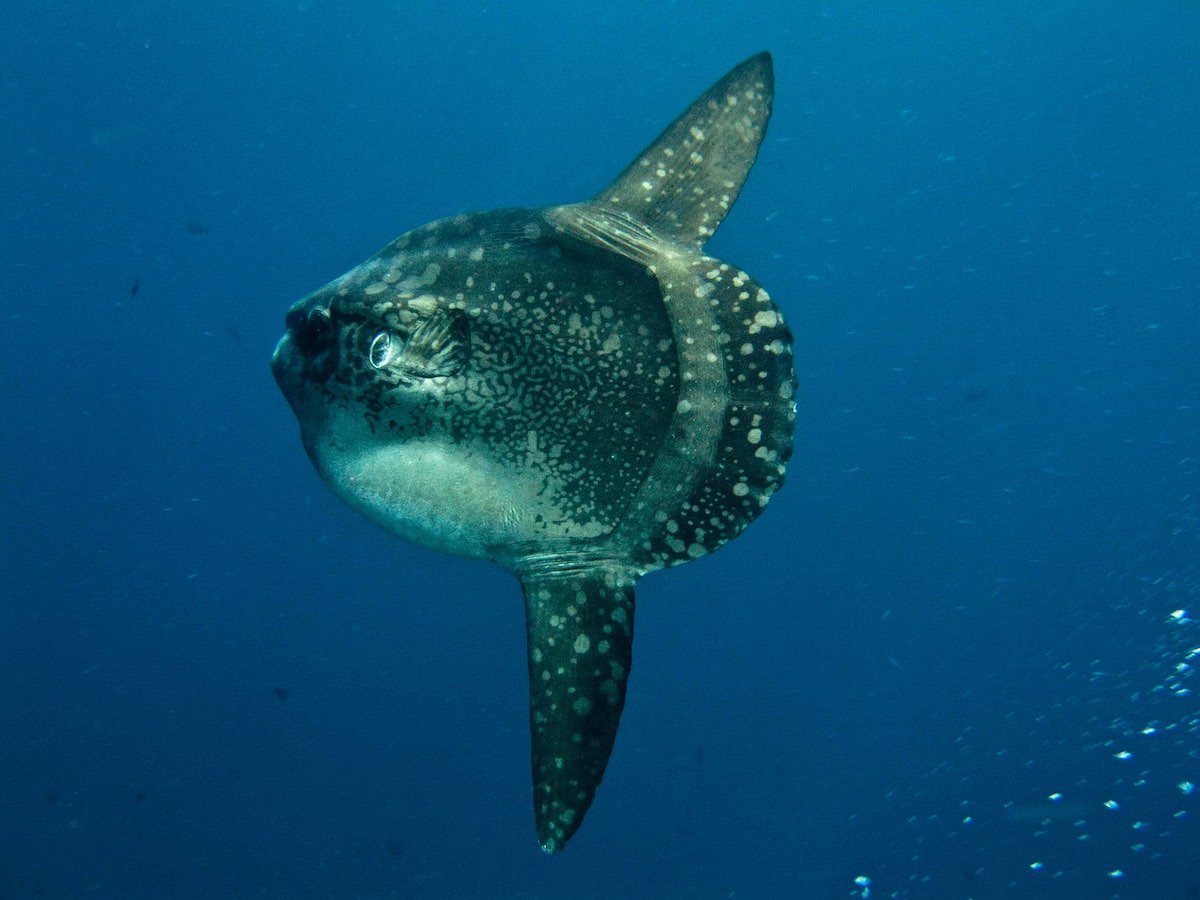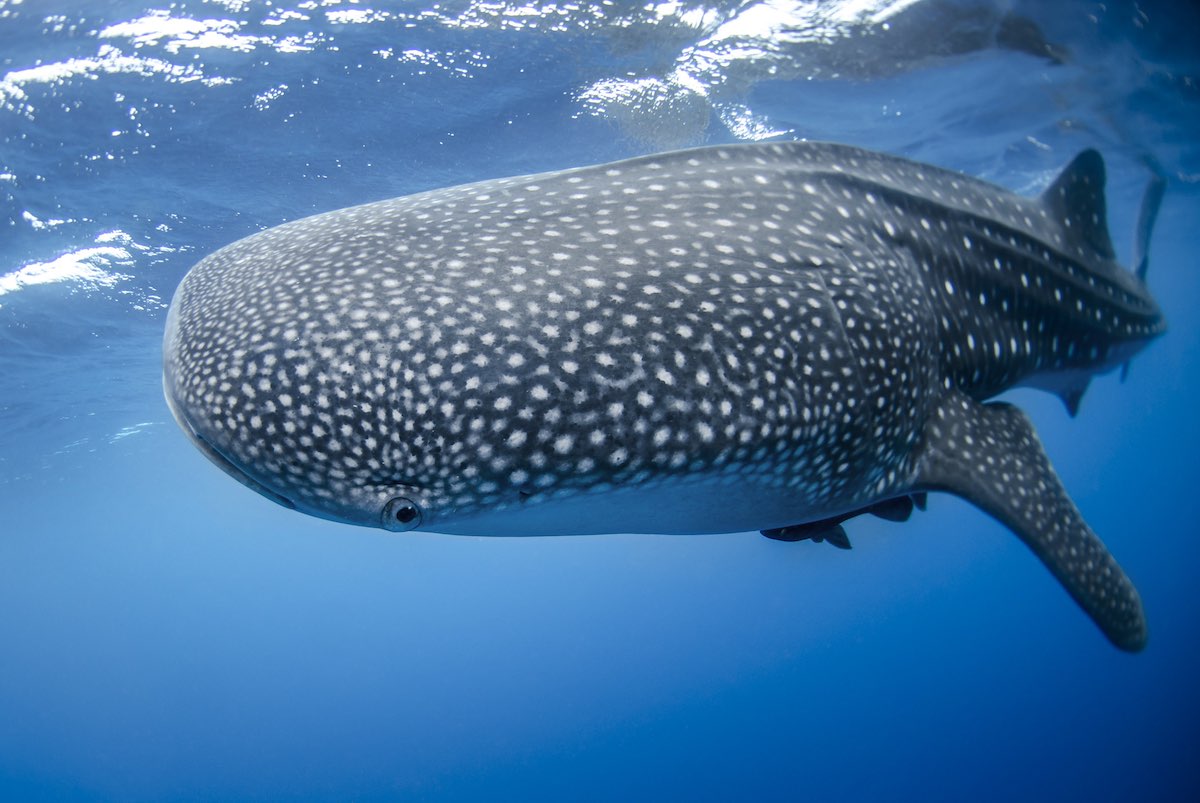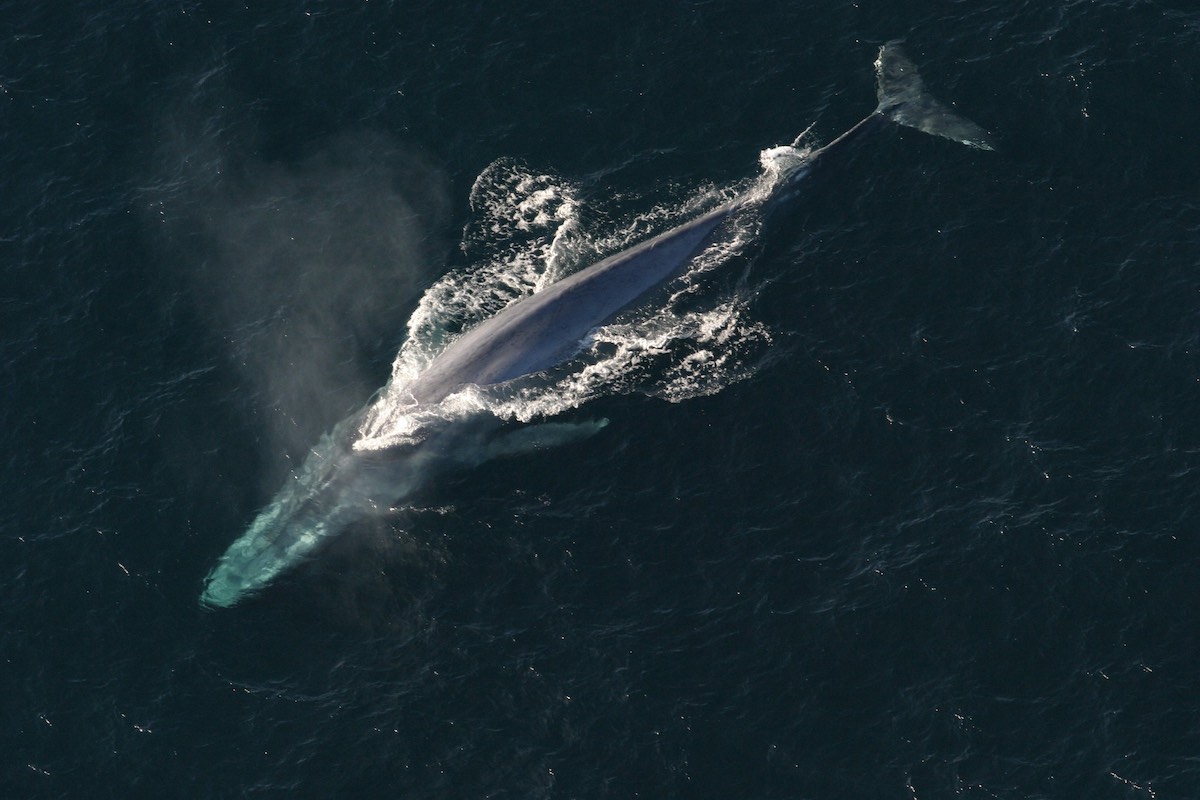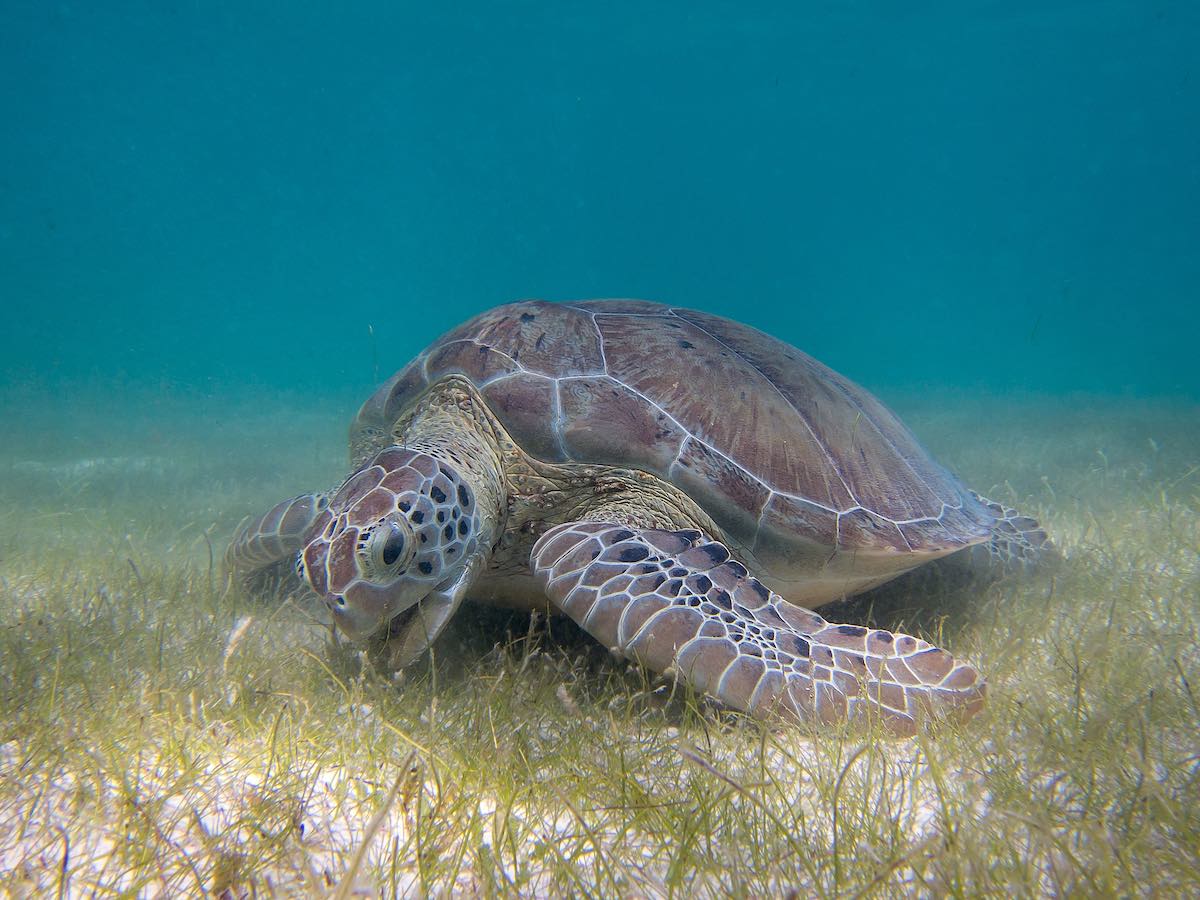Ocean Animals Who are Pros at Social Distancing
These four ocean animals naturally keep to themselves

As much as we may love being social, there are times when flying solo is the clear way to go. As we practice social distancing, let’s look to the ocean to see which animals naturally steer clear from their peers.
We hope these charismatic critters brighten your day. Be sure to follow their example by staying home if you can and keeping your hands (or paws, or flippers) clean.

Ocean sunfish
It’s safe to say that the ocean sunfish (Mola mola) is … bizarre. Its disc-shaped body, protruding fins and massive size definitely set it apart from the other fish in the ocean. They are one of the largest bony fish in the sea (only bested by their cousins, the bump-head sunfish), and can grow to ten feet and weigh more than 4,000 pounds.
Ocean sunfish like to have their space, which is easy to do when you live in the open ocean. You’ll rarely find them in groups, but sometimes will come a little closer together for “cleaning,” which is when they allow other fish to pick parasites off of their bodies.
What can we learn from the sunfish? Drifting solo is just fine, but don’t be afraid to call on others for help if you need it.

Whale sharks
Whale sharks are sharks, not whales, although they can be as large as whales! They’re the biggest fish in the world and can grow up to 40 feet long and weight up to 20,000 pounds. Whale sharks have distinctive markings on their backs that are unique for each individual, just like a human fingerprint.
Generally, whale sharks travel alone in depths around 150 feet. However, sometimes they can be spotted in groups, like during their seasonal migrations or when there are large plankton blooms (their food of choice).
What can we learn from the whale shark? Traveling in groups is great, but since most of us aren’t traveling at the moment, kicking it solo is the way to go.

Blue whales
Blue whales (Balaenoptera musculus) are the biggest animals to have ever lived (including the dinosaurs!), so it’s not a surprise that these guys might need some space. An adult female can grow up to 100 feet long—about the length of a Boeing 737. Blue whales can weigh up to 200 tons (400,000 pounds), and their tongue alone can weigh as much as an elephant.
Blue whales are occasionally found in small groups, but typically travel by themselves. But just because they are solo doesn’t mean they’re out of touch—their calls can be heard by other blue whales up to 1,000 miles away.
What can we learn from the blue whale? Just because we’re apart doesn’t mean we can’t communicate. Nothing’s stopping us from chatting with friends (of the whale or human variety) hundreds of miles away.

Green sea turtles
The green sea turtle (Chelonia mydas) is unique among sea turtles because they are one of the largest species of sea turtle and the only turtle that is strictly herbivorous as an adult. Females make the incredible journey of traveling back to the beach where they were born to build their nests. They use earth’s magnetic forces to navigate their way home!
Like many sea turtle species, green sea turtles are mostly solitary. You can find them in shallow, warm waters nibbling on sea grasses and algae. When it comes time to mate, however, you can find them in groups because it takes two to tango.
What can we learn from the green sea turtle? Enjoy some alone time in the sunshine, with good snacks.
For the time being, let’s all make like these solo ocean animals and keep our distance. Hopefully, if we act like whale sharks now, we can act like sardines soon (a.k.a, socialize in big groups again!)